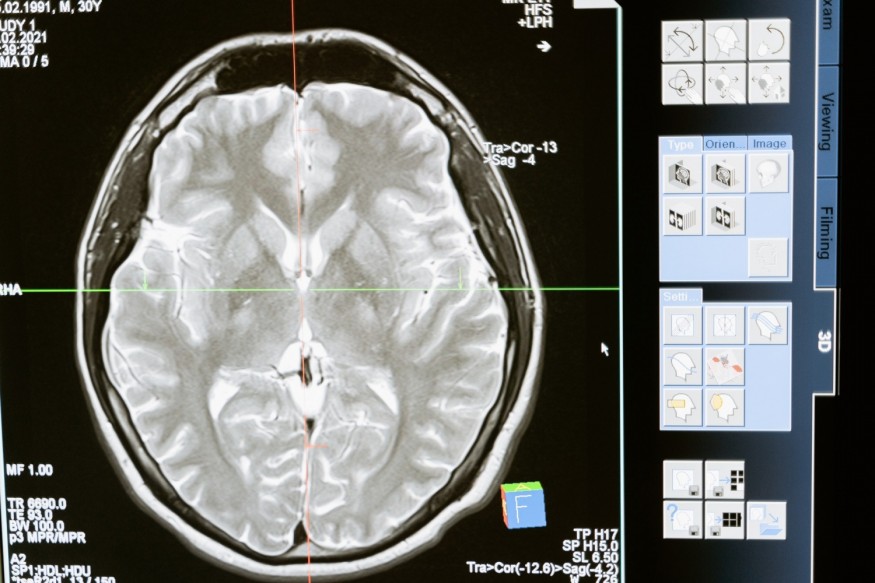Neuroscientists conducted a study utilizing epilepsy patients undergoing surgery to track in detail how thought moves through the brain from inspiration to response.
Previously, efforts to measure how information passes from one area of the brain to another heavily relied on processes like functional magnetic resonance imaging, electroencephalography, which, while non-invasive is far from perfection.
What is the Frontal Cortex of the Human Brain?

The frontal lobe of the human brain is key to our consciousness and unique human functions. It is one of the 4 frontal lobes in the brain's cerebral cortex that is responsible for attention, memory, motivation, and many other daily tasks.
The frontal cortex is located near the front of the human head underneath the frontal skull bone. Together it holds 1/3rd of the brain and is the last region of the human brain to evolve making it a slightly new addition to the structure.
All mammals have frontal lobes, although each varies in size and complexity depending on the species. Research suggests that primates, like humans, have larger frontal lobes than other mammals.
ALSO READ : Deep Brain Stimulation Records, Tracks Human Brain Activity Thru Internet, Wireless Technology
Understanding Though Passing Through the Brain
The study published in the journal Nature Human Behaviour, entitled "Persistent neuronal activity in human prefrontal cortex links perception and action" recorded brain activity of neurons using electrocorticography--a precise technique that previously used.
This process requires hundreds of minuscule electrodes to be placed against the cortex providing spatial detail compared to EEGs and significantly improving the resolution of fMRI. Under normal circumstances, the procedure would pose a substantial ethical risk. However, since volunteers were epilepsy patients under surgery, their brain activity was monitored in the same way. This provided researchers with a chance to conduct tests that would pose no harm to the volunteers.
Participants were tasked with listening to a stimulus and responding. While some tasks were more complex than others researchers were able to monitor in a split-second the movement of electrical activity from one area of the brain associated with interpreting auditory stimuli to the prefrontal cortex required to shape action.
Although no surprising findings were recorded, the results clearly showed the key role of the human prefrontal cortex in directing activity.
Robert Knight, co-author and a neuroscientist from the UC Berkely said that the frontal cortex has been found to be the orchestrator, carefully liking things in order to create the final output. He describes the frontal cortex as the "glue of cognition" which was seen to remain in activity throughout the thought process, which is as to be expected from the brain's multitasking region.
The quicker the handoff of electric signals from one area of the brain to another, the faster people responded to the shown stimuli. Knight explains that the experiment shows that the thought process isn't because of neurons firing all the time but rather due to the cortex recruiting various areas to complete the reaction.
Some findings of the study suggest that before the thought process is complete, various areas of the brain light up and prepare to fire their own contributions to the process thereby finishing a reaction to the stimuli.
RELATED ARTICLE : Brain's Gateway to Conscious Awareness Finally Revealed [STUDY]
Check out more news and information on the Brain on Science Times.









